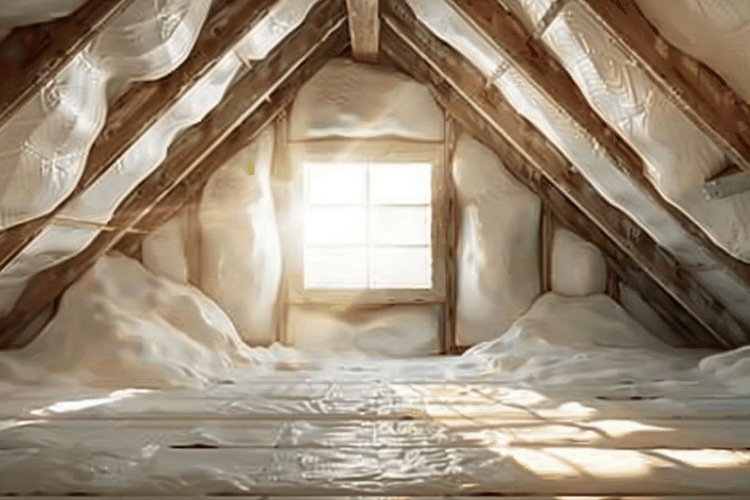Complete Guide to Buying Quality Second Hand Doors
Finding the perfect door for your home renovation project doesn't always require purchasing brand new. Second hand doors offer an excellent opportunity to acquire quality materials at reduced costs while contributing to sustainable building practices. Whether you're restoring a period property or simply looking for budget-friendly options, understanding the second hand door market can help you make informed decisions and achieve professional results.

Where Can You Find Quality Second Hand Doors?
Several reliable sources offer quality used doors for various project needs. Architectural salvage yards represent the premium end of the market, specializing in reclaimed materials from demolished buildings and renovation projects. These establishments typically offer doors with historical character and unique craftsmanship that’s difficult to find in modern manufacturing.
Online marketplaces like Facebook Marketplace, Craigslist, and specialized building material exchanges provide extensive selections with competitive pricing. Construction companies and contractors often sell surplus materials from completed projects, offering doors in excellent condition at significant discounts. Estate sales and auctions can yield exceptional finds, particularly for period properties requiring authentic replacements.
What Door Materials and Styles Are Commonly Available?
The second hand market offers diverse materials and styles to suit various architectural preferences. Solid wood doors, including oak, pine, mahogany, and cedar, remain highly sought after for their durability and classic appeal. These materials often improve with age, developing character that enhances their aesthetic value.
Panel doors with raised or flat configurations represent the most common style available, suitable for both interior and exterior applications. Victorian and Edwardian properties often require four or six-panel designs, which frequently appear in salvage markets. Modern flush doors, popular from the 1960s onward, offer clean lines perfect for contemporary renovations.
Glass-paneled doors, including French doors and those with decorative glazing, provide natural light solutions while maintaining period authenticity. Fire doors with appropriate certification occasionally appear in the second hand market, though verification of safety standards remains crucial.
What Should You Inspect Before Purchasing Used Doors?
Thorough inspection prevents costly mistakes and ensures long-term satisfaction with your purchase. Begin by examining the door’s structural integrity, checking for warping, splitting, or severe damage that could compromise functionality. Minor surface imperfections often prove manageable with proper restoration techniques.
Inspect hinges and hardware mounting points for wear or damage that might affect installation. Test the door’s swing motion if possible, ensuring it moves freely without binding or sagging. Check for previous modifications like additional holes or cut-outs that might complicate your installation plans.
For exterior doors, examine weather stripping areas and threshold compatibility. Look for signs of rot, particularly around the bottom rail and lock areas where moisture typically causes problems. Interior doors should be checked for paint layers that might contain lead, especially in properties built before 1978.
How Do You Measure and Fit Second Hand Doors Properly?
Accurate measurement ensures successful installation and prevents costly errors. Measure your existing door opening’s height, width, and thickness at multiple points, as older properties often have irregular dimensions. Standard door sizes include 78 inches height with widths of 24, 28, 30, 32, and 36 inches, though custom sizes frequently appear in period properties.
Consider the door’s swing direction and ensure adequate clearance for opening. Check floor levels and ceiling heights, particularly in older buildings where settling might have created irregular openings. Professional door hanging requires precise measurements of hinge positions and lock mechanisms to ensure proper function.
Most second hand doors require some modification for proper fit. This might include trimming height or width, relocating hinges, or adjusting lock positions. Factor these requirements into your project timeline and budget considerations.
What Unique Benefits Do Second Hand Doors Provide?
Second hand doors offer environmental benefits by reducing waste and preserving embodied energy from original manufacturing processes. Many vintage doors feature superior craftsmanship and materials that exceed modern manufacturing standards, particularly solid wood construction with traditional joinery techniques.
Character and authenticity represent significant advantages for period property renovations. Original doors maintain architectural integrity while providing cost-effective solutions for extensive restoration projects. The patina and wear patterns on aged doors create visual interest that’s impossible to replicate with new materials.
How Much Should You Expect to Pay for Second Hand Doors?
Understanding pricing helps establish realistic budgets and identify fair deals in the marketplace. Costs vary significantly based on material, condition, style, and regional availability.
| Door Type | Typical Price Range | Condition Notes |
|---|---|---|
| Standard Interior Panel Door | $25-$75 | Good condition, minor refinishing needed |
| Solid Wood Exterior Door | $75-$200 | Depending on species and hardware |
| Antique/Period Doors | $100-$500+ | Rare styles, architectural significance |
| French Doors (Pair) | $150-$400 | Including glazing, hardware condition |
| Fire Doors | $50-$150 | Current certification required |
Prices, rates, or cost estimates mentioned in this article are based on the latest available information but may change over time. Independent research is advised before making financial decisions.
Second hand doors provide excellent value for renovation projects while supporting sustainable building practices. Success depends on careful sourcing, thorough inspection, and proper installation techniques. With patience and attention to detail, you can find quality doors that enhance your property’s character while staying within budget constraints. The key lies in understanding what to look for and where to find the best options for your specific needs.




